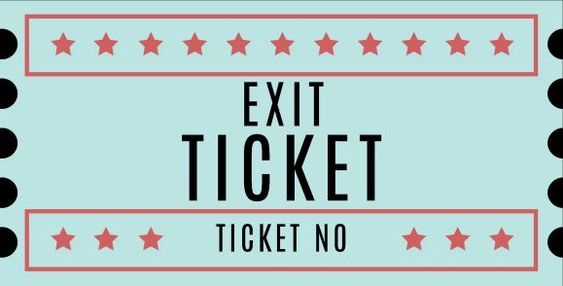Distributive Property using Arrays
Content Objectives:
At the end of the lesson, I will be able to:


Take out your notebooks:
A violin has 4 strings. How many strings are there on 5 violins? Write a multiplication equation to solve.
Error Analysis/Mathematical discourse:
Emily was trying to solve the problem 4×6 and wrote down her answer as 24.
Vocabulary:
After doing these activities about creating arrays to show distributive property, how can you help a friend understand how distributive property is related to multiplication? Work with a buddy and write down your answer below.
Practice:
Use what you have learned so far to create an array, using the distributive property to find your answer. (Do in your math notebook) 1. 2. 3.
Derive:
Derive the following multiplication sentences using distributive property. 1. 2. 3. 4.
Model:
A bakery makes 5 different types of cupcakes. If each type has 8 cupcakes, how many cupcakes does the bakery make altogether? Draw, use distributive property and provide an equation for your answer.
Mia is organizing her toy cars. She has 7 boxes, and each box contains 3 toy cars. How many toy cars does Mia have in total? Draw, use distributive property, and provide an equation for your answer.
Create:
Create a word problem that incorporates using arrays and the distributive property.

Briefly describe what you have learned today
Derive a multiplication equation from the distributive property 3 x (2 + 5) =
Sarah is making party bags for her friends. She plans to put 4 candies in each bag. If she is making 5 bags, how many candies does she need in total?
RECAP:
If you are finished with everything, watch the video below to recap what was learned today. Is there anything that still confuses you?